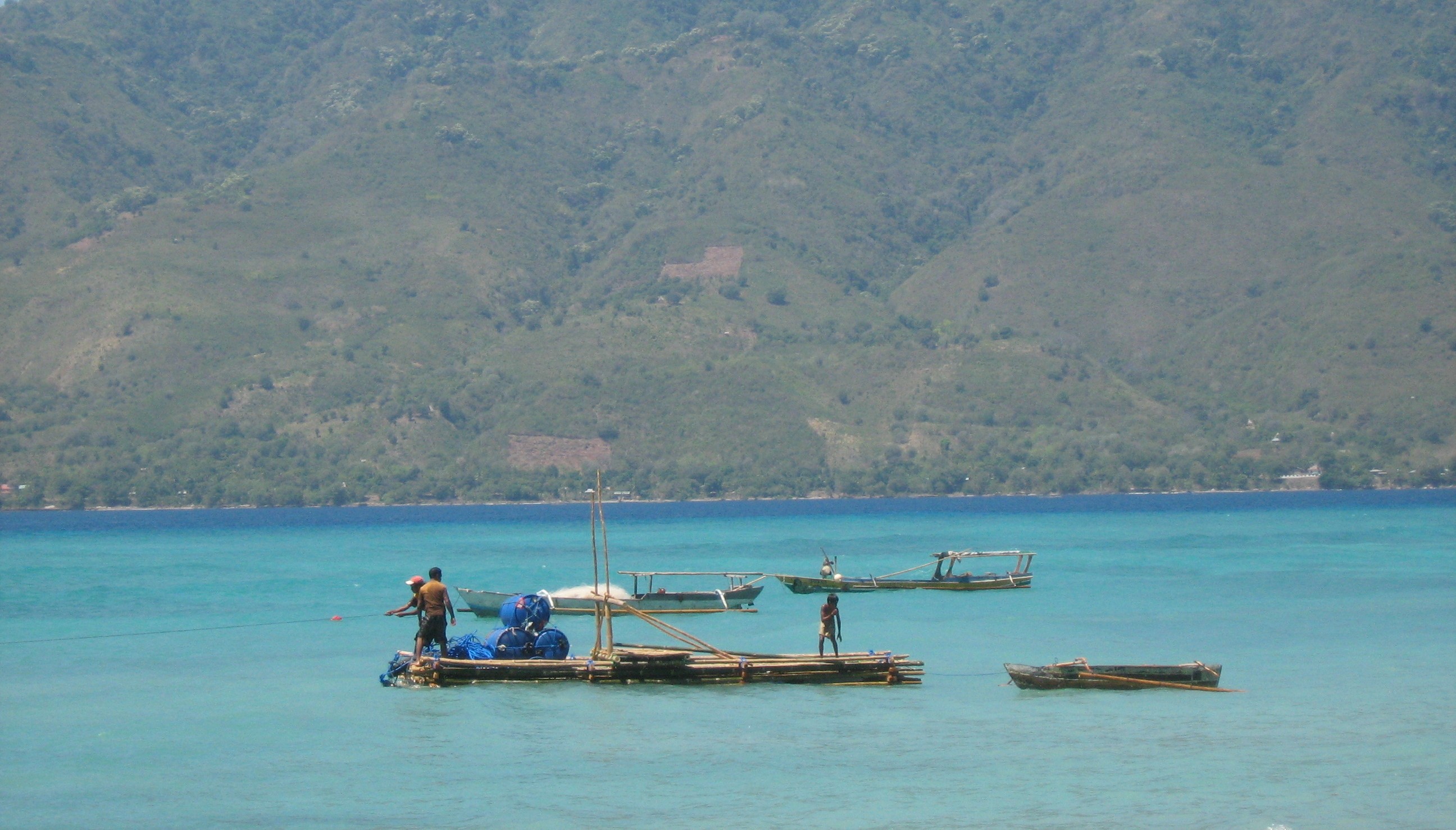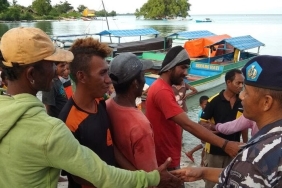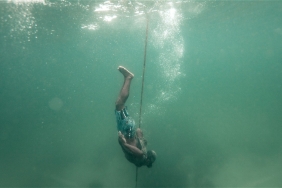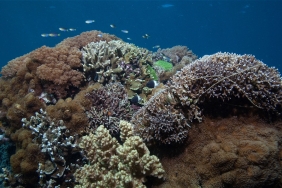COMMUNITY GUARDIANS OF ALOR WATERS
Increasing market demand for quality fishery products has put pressure on the sustainability of fisheries in the 10,773.62 km² waters of Alor Regency. Many fishermen from outside the Alor area are tempted to carry out fishing activities or other marine resources by using destructive fishing gear and forgetting all the dangers that threaten the marine ecosystem and the losses that must be suffered by the surrounding communities who depend on the same waters.
The Alor District Government is aware of all the potential threats that lurk. As one of the water areas with a rich diversity of habitats and marine animals in Indonesia, in 2009 the waters of Alor Regency were reserved as MPA (Regional Marine Conservation Area) covering an area of 4,083 Km2.
Communities who are angry about the rise of outside fishermen who compete to utilize as much marine products as possible without caring about the impact of the destruction of marine ecosystems are moved to support government efforts to protect the common source of life in Alor.
"We, the indigenous people here, are fed up with destructive fishing activities. Many coral reefs have been destroyed, there are few fish, what are we going to eat?" Said Mr. Robert, one of the natives of Beang Village in Alor Regency.
The local Marine and Fisheries Service was called upon to facilitate the community's intention by forming a Community Monitoring Group (Pokmaswas). These groups are the spearhead of marine resource utilization monitoring and are part of a network of community-based monitoring systems. Integrated patrols were carried out by law enforcement officers from the TNI and police, and community members and facilitated by WWF-Indonesia.
In October 2014, the integrated patrol team found a fishing boat from outside Alor Regency that was conducting lobster fishing activities in Beang Village, Mauta, Central Pantar District. At first glance, their fishing activities were not suspicious. However, DKP Civil Servant Investigators (PPNS) as the supervisory patrol coordinator, completed the documents and licenses for the capture of marine resources on the ship.
It is known that the ship is named KM Putri Amel, which originated from Sumbawa, West Nusa Tenggara. The ship, which is manned by 10 people and one captain, has violated the fishing license area because its license is only valid for fishing in Kupang waters and not in Alor waters.
This ship also caught lobsters that were still small or in the condition of laying eggs. From the observation, there are at least dozens of lobsters caught and have been put into a hatch filled with water. These Sumbawa fishermen catch lobsters by diving using a compressor.
With the violation of the fishing area and catching using a compressor, a fishing gear prohibited in Fisheries Law No. 45 of 2009, the patrol team conducted a further examination. The people in Beang Village who witnessed the inspection process of the lobster fishing boat also grumbled because the sea area that supports their lives is now damaged due to the frequent capture of marine resources in an environmentally unfriendly manner using explosives and toxic materials.
The patrol team then took a stand by confiscating the lobster catch and making a written agreement with law enforcement officials to no longer carry out illegal marine resource fishing activities in the waters of Alor Regency.
After the ship was ordered to leave Alor waters, the patrol team returned the confiscated lobsters to the sea. Sea lobster itself is one of the fishery resources included in the economically important category in Indonesia. The price is quite high compared to other fisheries commodities, causing lobster to be sought after and caught.
Author: Tutus Wijanarko - Community Right Based Management Officer





